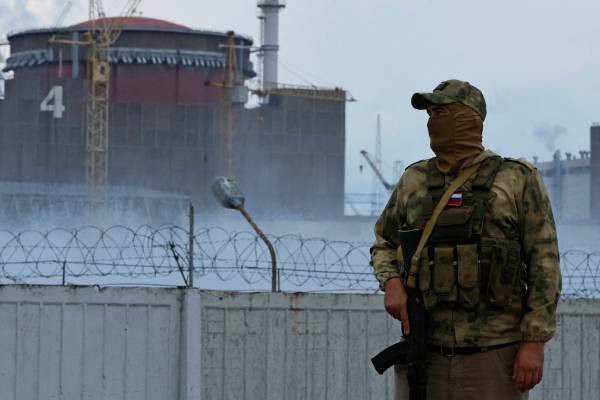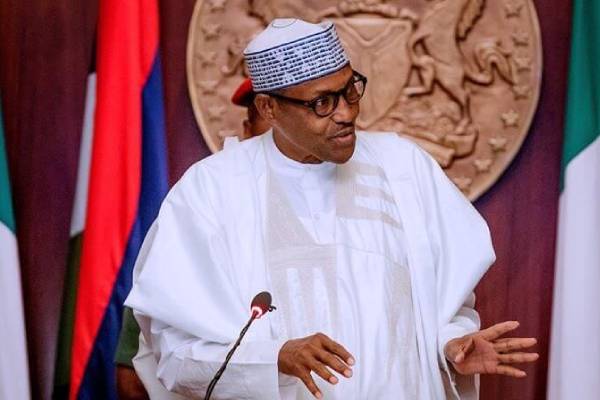Renewed Russian shelling damaged three radiation sensors and wounded a worker at the Zaporizhzhia Nuclear power plant in the second such strike in consecutive days, Ukraine said on Sunday.
The attack heightened fears of a radiation disaster in Europe.
Ukrainian President Volodymyr Zelenskyy had called Saturday night’s shelling “Russian nuclear terror” that warranted more international sanctions – this time on Moscow’s nuclear sector.
Ukraine said Russian shells hit a power line at the plant on Friday.
However, the Russian-installed authority of the area said Ukraine hit the site with a multiple-rocket launcher, damaging administrative buildings and an area nearby.
The Zaporizhzhia nuclear power plant is Europe’s largest nuclear facility.
The director general of the International Atomic Energy Agency (IAEA), Rafael Grossi, said he was alarmed by the reports of damage and demanded an IAEA team of experts urgently be allowed to visit the plant to assess and safeguard the site.
“I’m extremely concerned by the shelling at Europe’s largest nuclear power plant, which underlines the very real risk of a nuclear disaster that could threaten public health and the environment in Ukraine and beyond,” Grossi said in a statement.
“Military action jeopardizing the safety and security of the Zaporizhzya nuclear power plant is completely unacceptable and must be avoided at all costs.”
Nuclear arms control specialist Tariq Rauf told Al Jazeera the reason why Russia captured Zaporizhzhia’s nuclear power plant is “to provide electricity to the eastern parts of Ukraine that Russia has occupied”.
“But we really do not know what the situation is at Zaporizhzhya nuclear power plant,” Rauf said.
“Why would the Ukrainian military shell it when they have their own people there?” he asked. “And then similarly, why would the Russians shell it when they have soldiers and technical experts there?”
Russian troops, meanwhile, continued to gain control of the Donbas region of eastern Ukraine, where pro-Moscow separatists seized territory after the Kremlin annexed Crimea to the south in 2014.
Russian forces stepped up their attacks north and northwest of Donetsk city in the Donbas on Sunday, Ukraine’s military said. The Russians attacked Ukrainian positions near the heavily fortified settlements of Piski and Avdiivka, as well as shelling other locations in the Donetsk region, it said.
Kyiv also said Russian forces were strengthening in southern Ukraine to prevent a potential counteroffensive near Kherson.
Ukraine’s chief war crimes prosecutor said almost 26,000 suspected war crimes committed since the invasion were being investigated, with 135 people charged, of whom 15 were in custody. Russia denies targeting civilians.





